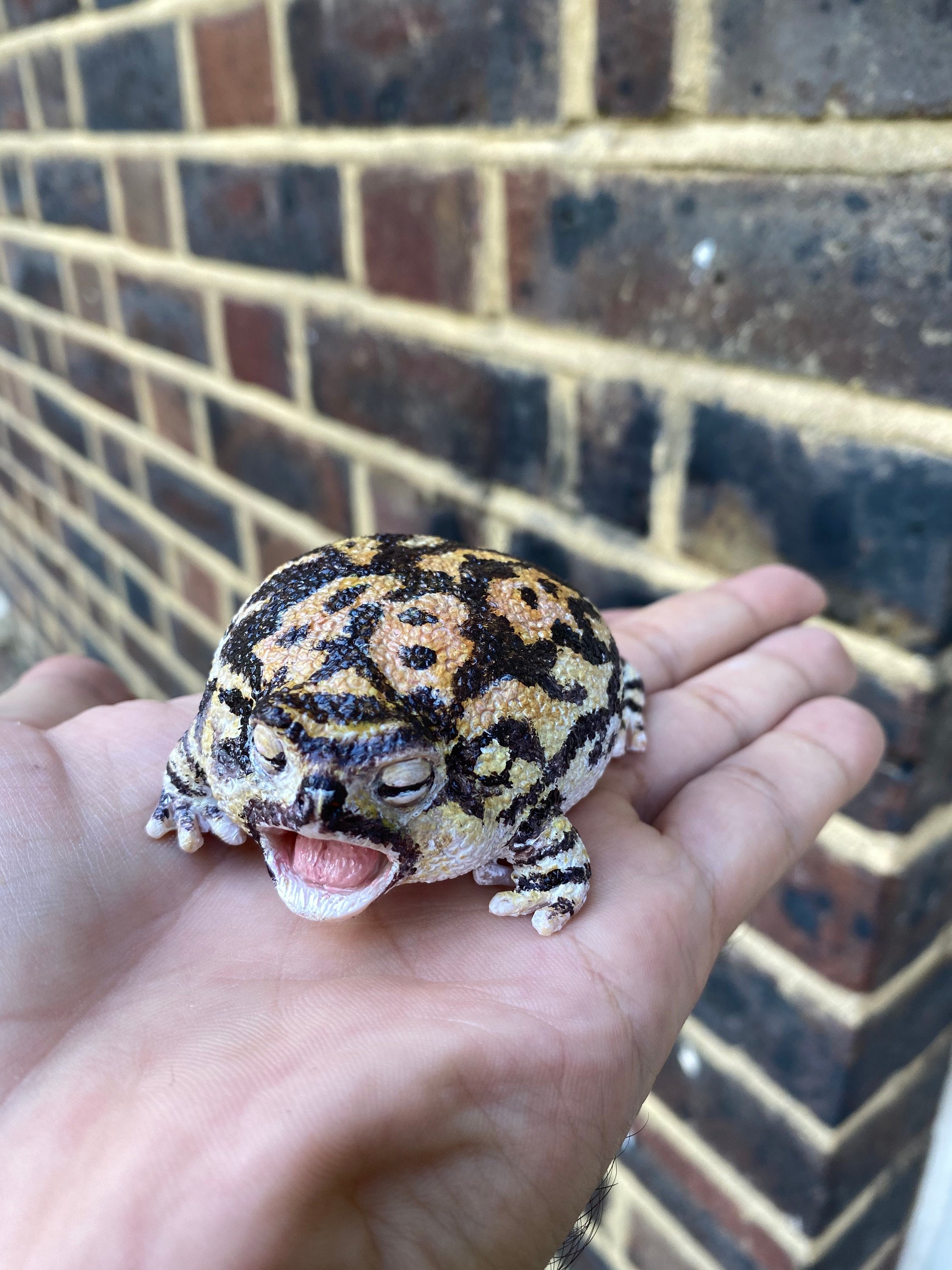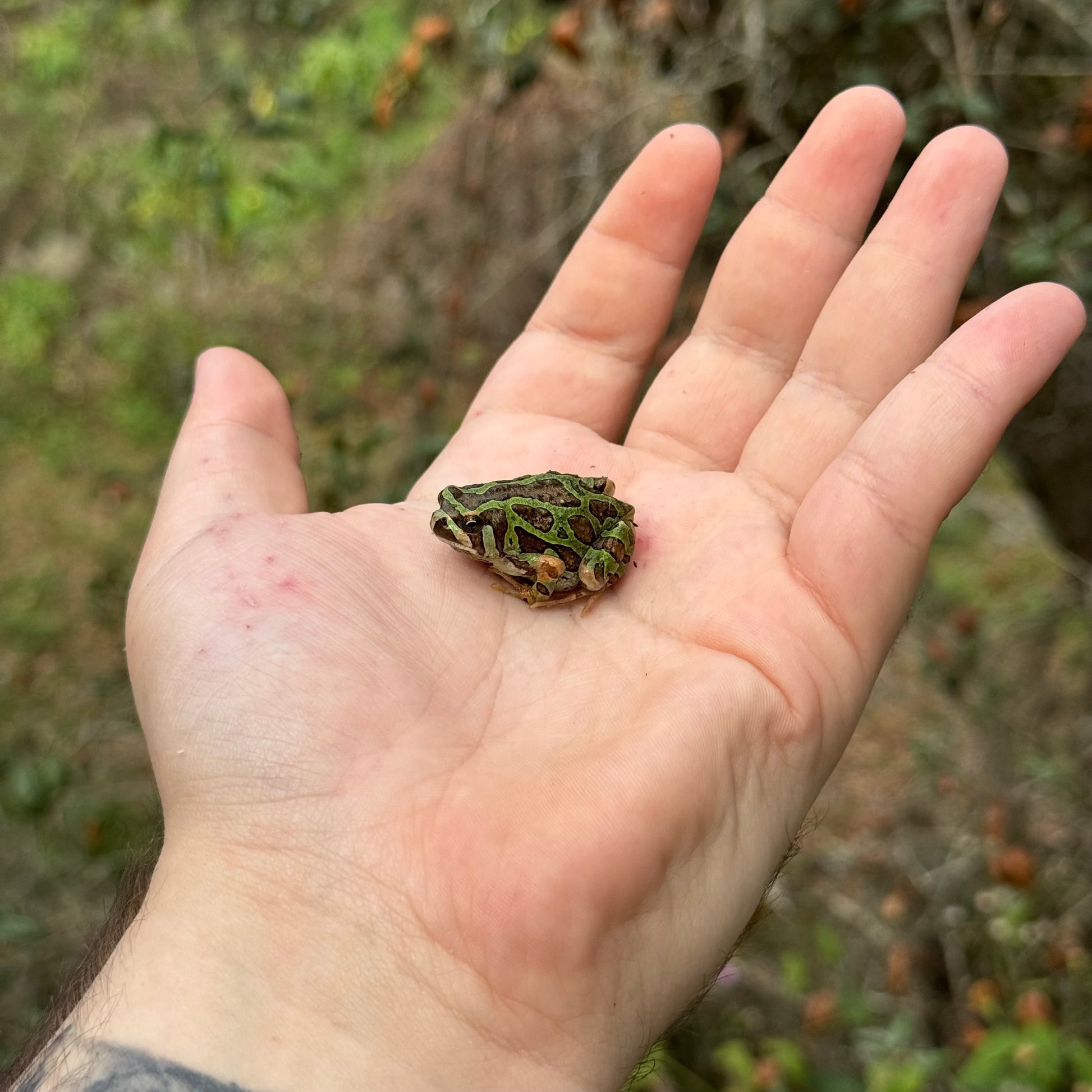Rain Frog for Sale: Boost Your Collection with Rare and Unique Amphibians!
Rain Frog for Sale: Boost Your Collection with Rare and Unique Amphibians!
Blog Article
The Finest Reptile Enclosures: Exactly How to Develop the Suitable Habitat
Creating the ideal habitat for reptiles is not practically putting them in a container or unit; it includes a thoughtful consideration of numerous elements that add to their total health. From the size of the unit to the kind of substrate made use of, every component plays a critical function in providing a setting where your reptile can prosper. By understanding the details needs of your reptile species and implementing the right habitat arrangement, you can ensure their health and joy in bondage.
Choosing the Right Unit Size
When selecting a room dimension for reptiles, it is important to consider their natural habits and space requirements to guarantee their well-being and health. Various reptile types have differing requirements when it concerns habitat area. Arboreal species like chameleons or tree snakes call for upright area for setting down and climbing up, while earthbound varieties such as bearded dragons or leopard geckos require more flooring space for discovering and thermoregulation. Aquatic turtles like red-eared sliders demand rooms with both water and land areas for swimming and basking.
A general rule of thumb is to supply ample room for the reptile to exhibit natural habits, such as basking, concealing, climbing up, and foraging. By very carefully taking into consideration the specific needs of the reptile species in concern, owners can create an appropriate and enriching environment that advertises overall well-being and urges all-natural actions.
Establishing Correct Burner
To make certain the well-being and health and wellness of reptiles in their enclosures, it is important to meticulously establish correct burner. Reptiles are ectothermic creatures, indicating they rely upon exterior warm resources to manage their body temperature level. When setting up home heating aspects in a reptile enclosure, it is important to take into consideration the particular temperature level needs of the varieties you are caring for. Various reptiles have differing temperature needs based on their natural habitat, so it is essential to study and recognize these requirements.
One usual and effective home heating aspect for reptile rooms is a warm light or ceramic warmth emitter. These heat resources can be made use of to produce a temperature level gradient within the unit, permitting reptiles to relocate in between warmer and cooler areas as required. Additionally, under-tank hot pad or heat floor coverings can be used to give stubborn belly warmth, which is particularly useful for reptiles that require added warmth to aid in digestion.
Keeping track of the temperature level within the enclosure making use of a thermostat is necessary to ensure that the heating components are keeping the ideal temperature array for your reptile. Consistently inspect and readjust the home heating elements as needed to develop a healthy and balanced and comfy atmosphere for your flaky pal.
Selecting Appropriate Illumination Components

Giving the Ideal Substrate
Selecting the appropriate substrate is vital for producing a comfortable and suitable setting for reptiles in their units. The substrate offers numerous original site objectives, consisting of giving a foundation for natural behaviors like burrowing, helping in preserving appropriate moisture degrees, and offering a comfy surface for the reptile to rest upon - rain frog for sale. When choosing a substrate for your reptile enclosure, it is crucial to consider the species-specific requirements of your family pet. Some reptiles, such as desert-dwelling varieties like bearded dragons, prosper on substrates like calcium sand or reptile rug, while others, like sphere pythons, choose coconut husk or aspen bedding to maintain moisture levels.
Moreover, the dimension of the reptile need to additionally influence your option of substratum, as hatchlings may call for a finer material to protect against consumption. Prevent substrates that can create impaction, such as loose substrates like sand or crushed rock, specifically for reptiles understood to consume their bed linens. On a regular basis cleansing and changing the substrate is crucial to guarantee a sanitary and tidy environment for your reptile. By picking the perfect substratum, you can add to the total health and health of your scaly buddy.
Designing for Enrichment and Comfort
Thinking about the substratum's function in giving a structure for natural habits and maintaining an appropriate setting, improving the reptile enclosure with proper decorations is vital for both enrichment and comfort. Decorations such as branches, rocks, hideouts, and artificial plants not just produce an extra visually attractive environment however additionally offer useful functions. Branches provide climbing up opportunities for arboreal varieties, while rocks can work as basking areas for warmth. Hideouts use sanctuary and safety, minimizing anxiety levels for the reptile. Fabricated plants not just improve the appearances but likewise supply concealing areas and enrichment by enabling the reptile to explore and interact with its environment. When embellishing the enclosure, it is necessary to take into consideration the reptile's species-specific demands and behaviors to create a space that advertises physical and psychological well-being. By including a range of decors that mimic the reptile's natural environment, proprietors can ensure their pet dog's convenience and stimulate their natural instincts, inevitably leading to a happier and much healthier reptile.
Verdict

Developing the ideal habitat for reptiles is not just concerning positioning them in a tank or unit; it entails a our website thoughtful consideration of numerous aspects that add to their general well-being.Choosing the suitable substrate is vital for creating a comfortable and suitable setting for reptiles in their enclosures. Some reptiles, such as desert-dwelling types like bearded dragons, flourish on substratums like calcium sand or reptile carpet, while others, like sphere pythons, choose coconut husk or aspen bedding to maintain moisture levels.
By incorporating a range of decorations that imitate the reptile's natural environment, owners can guarantee their pet dog's convenience and promote their all-natural reactions, inevitably leading to a happier and much healthier reptile.
In conclusion, developing the ideal habitat for reptiles involves selecting the proper unit size, heating elements, lighting components, substrate, and decorations.
Report this page